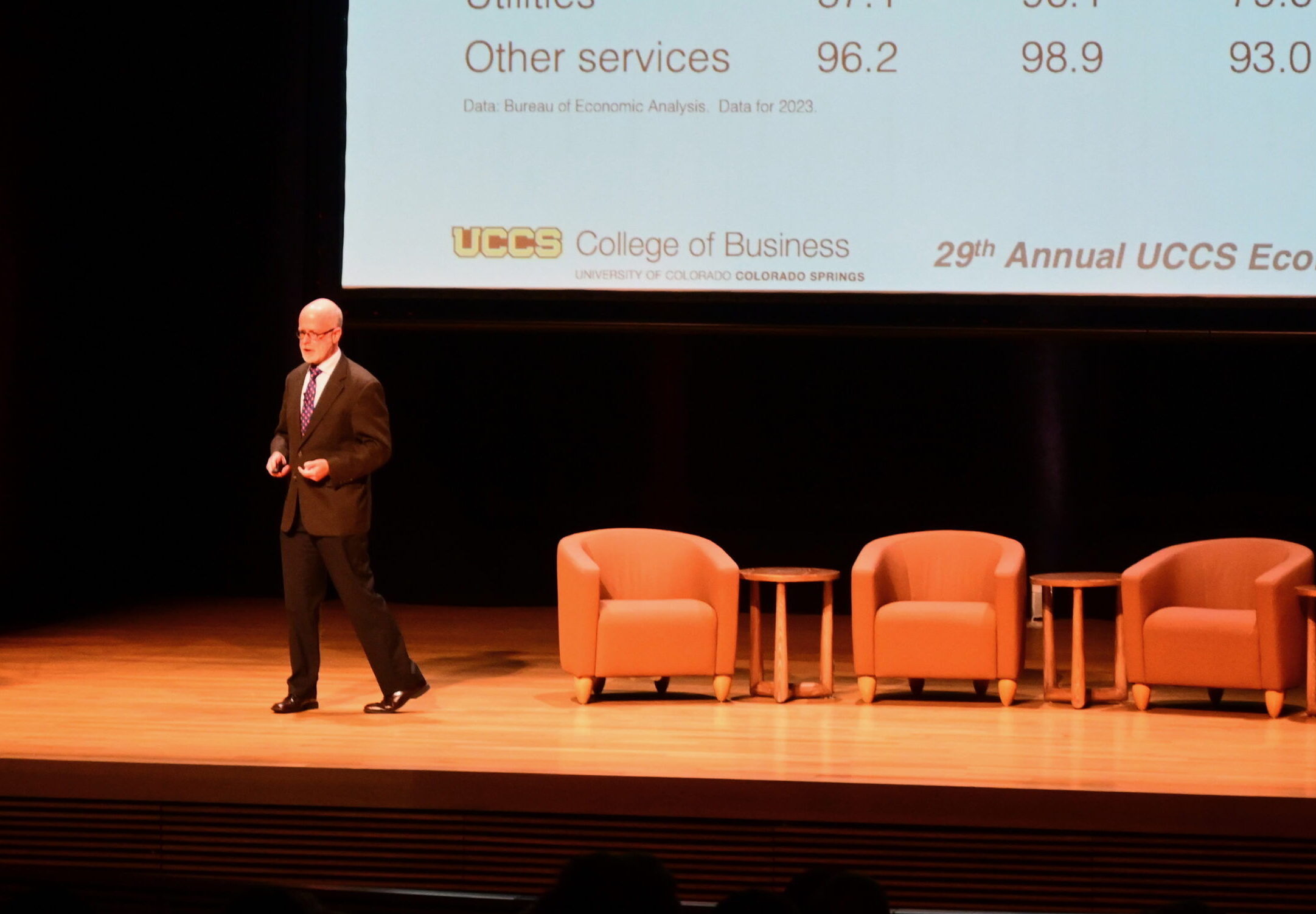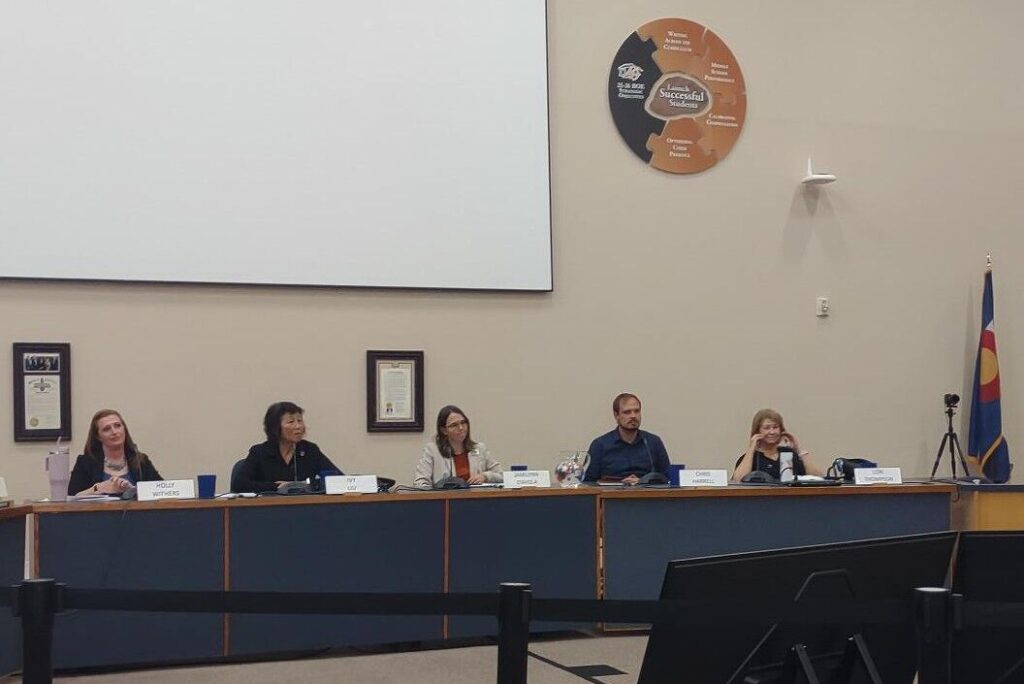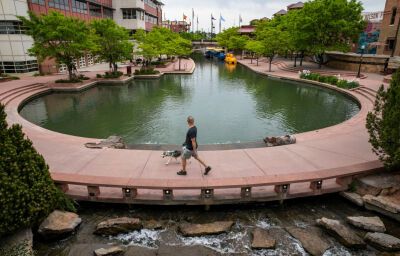Pikes Peak region schools taking steps to address workforce gaps

Colorado is grappling with an education importation problem that will become more acute as time goes on.
Colorado has been the No. 1 net importer of young professionals among all 50 states, according to data gathered by Bill Craighead, the director of the University of Colorado Colorado Springs Economic Forum. Administrators at area high schools and colleges believe they have solutions to address the brewing issue of workforce gaps, ranging from work-based learning for high schoolers to internships for college students.
While importing talent has bolstered the number of people in the state who have a bachelor’s degree or higher, the rates of high school graduation and college enrollment are rather “mediocre,” Craighead said.
“I think we need to think about whether or not we could do a better job of equipping the folks who grow up here to better take advantage of the opportunities that Colorado is creating,” he said. “Our model has very much relied on getting youngish, educated people to move to Colorado.”
While this is not a hard sell, the state needs to better prepare itself for an aging American population, Craighead said.
Data from the Census Bureau and the Congressional Budget Office project the U.S. population will become older over the next 25 years, limiting the number of young professionals the state can import.
Colorado Springs school districts and colleges are stepping up to grow a homegrown workforce. One, previously covered by The Gazette, is Colorado Springs School District 11, which has many workforce development programs in place.
When he was a student, Pikes Peak State College President Lance Bolton recalled students were more concerned with how much they could earn at a job after graduation. Students today are committed to doing good work in the world, rather than just focusing on themselves, he said.
“Our young people need work experience and they need opportunities,” he said. “When a young person at Pikes Peak State College … has an opportunity while they’re still in the program to go work in a professional arena, it genuinely changes their perspective.”
This makes those students more employable, but also shows them the value of their college curriculum, he said.
Within high schools, specifically at District 11, Superintendent Michael Gaal is trying to turn things around at the historically underperforming school district. And his efforts have borne fruit, according to past coverage by The Gazette.
One area of focus for Gaal is work-based learning. This is realized through various programs at D-11 schools, like a construction program where students build a home over the course of 18 months. There are other opportunities through the Career and Technical Education programs, which include aviation science and cybersecurity, among others.
“We are literally doubling and tripling those opportunities,” he said. “Our certifications have been awesome as well. We went from, I think, 15 or 20 certifications that first year to over 300 in this last year, because we’re figuring out ways to get multiple certifications without having to have them be unique individual classes.”
That translates to job placement, he said.
Additionally, the district is home to the Colorado Springs School of Technology, another example of the district’s workforce focus, Gaal said. Located at 3650 N. Nevada Ave., the school is situated between the Kevin W. O’Neil Cybersecurity Education and Research Center, Exponential Impact and the Space Information Sharing and Analysis Center, as well as the UCCS cybersecurity building.
At the school, there’s a day when a business comes in and give students a project and they work to figure it out over the course of a week, Gaal said.
“I was there one day two weeks ago, and they were arguing over which galaxy they wanted to slew a telescope in South America to look at overnight so they can analyze it together in the morning,” Gaal said. “These kids are getting exposed to the actual workforce while they’re just in high school.”












